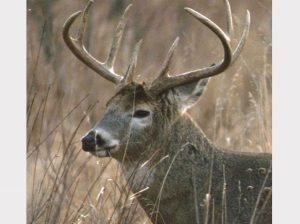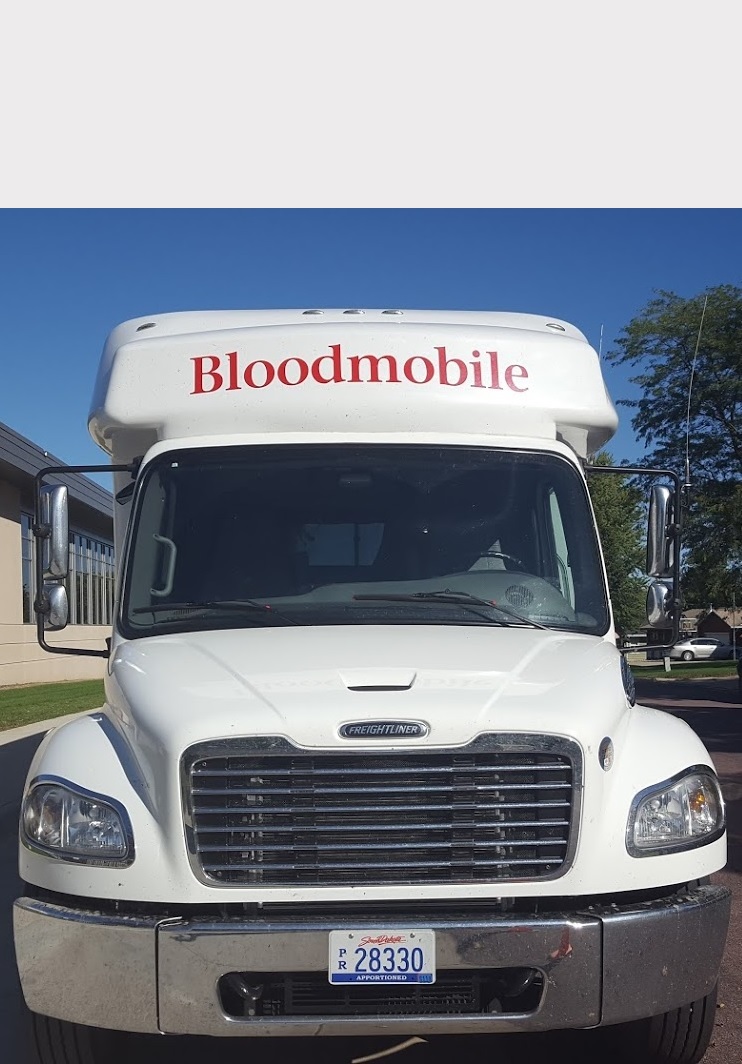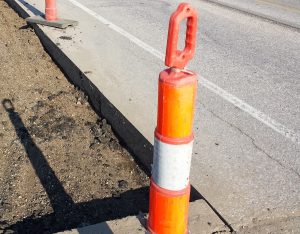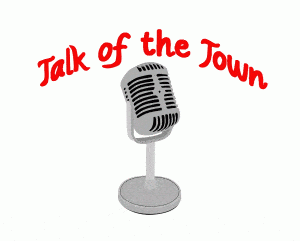Statewide Iowa — The calls have been coming in to field offices and conservation officers for the past few weeks and will only increase as the first few weeks of June marks the peak of the deer fawning season.
Callers report finding an “abandoned” fawn in an unusual place, like a flowerbed or small patch of cover. Rest assured this is normal deer behavior.
The doe searches out an isolated location where she feels safe and on occasion those places are not what we may think of as ideal. She chose that location because it made sense to her, according to Jim Coffey, forest wildlife research biologist with the Iowa DNR. Coffey says the worst thing someone can do is to ‘rescue’ the fawn. Mom is likely nearby and watching you. Leave it be or if you did handle the fawn, return it to where you found it and walk away.
The Iowa Department of Natural Resources will not be rehabbing or co-mingling fawns with other deer to avoid the potential of spreading chronic wasting disease – or other disease – to new areas.
The spindly legged newborn fawn is designed with a few survival tools built in –its spots are cryptic camouflage that emulates the sunlight spots on the leaf litter on the forest floor and its lack of movement the first two weeks helps to reduce scent patterns. This combination is its best chance at survival until it is able to follow the doe.
After the fawns are born, the doe will return to fairly normal behavior – sleeping, feeding – but returning to nurse and care for the fawn.
The fawning season also coincides with an increase in deer vehicle collisions.
Coffey says there is a lot of movement this time of year that is part of the social structure of deer. The doe is on the move looking for the safe isolated place to have the fawns. In addition last year’s fawns – teenagers now – are starting to venture out to find new space. These yearlings have to make their own decisions for the first time, encounter other adult deer and build new social structures, according to Coffey. He says this movement behavior can occur during all times of the day. Once it settles out, the active time will return to dawn and dusk.
Drivers are reminded to drive defensively, avoid distractions, and slow down and not to veer for deer. If they hit a deer, drivers can get a salvage tag by calling either the local conservation officer or local law enforcement. There is no fee for a salvage tag it does require that the entire deer is taken.












